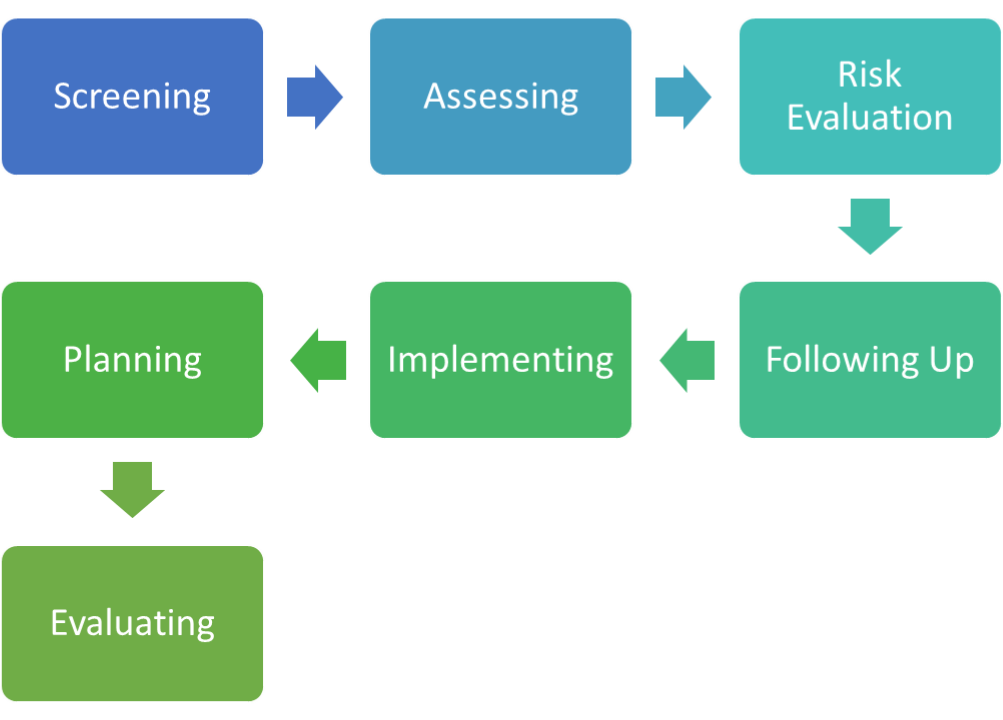Any project, action, service, or response that is “opened” and “closed” for a specified period of time to reach a solution of an incident, problem, request, proposal, development, or other complex activity. It is likely to involve more than one person, both inside and outside the organization, with multiple documents and messages with varying relationships with each other. Case management, sometimes known as adaptive or dynamic case management, tries to improve the performance of your organization by putting case information forward and centering it rather than seeing the process as the primary workflow. This type of information will be accessed the entire time you are working on a specific task and will become the official record for that job.

Case management is defined as working on content packages rather than individual documents or images. A “case” is a summary of information, processes, advanced analytics, business rules, collaboration, and sometimes social computing, about a particular interaction or problem with a particular party, such as a customer, supplier. The case file will contain a collection of client communications, forms, process documents, reports, and supporting documents and will need to be managed for compliance and audit.
Case management solutions are designed to manage all of these to help achieve more successful, optimized results. At the same time, it also participates in the individual material parts it contains and ensures its safety. Enterprise Content Management or Document Management system can also be used to manage case information. The information will need to be grouped together and made available in an appropriately controlled manner to all involved.
Finally, a workflow or business process must take place to bring the case to its conclusion. In CRM systems, an alert style of functionality will often be present against a specific customer log. In traditional file management systems, the workflow may involve moving a particular document from each processing stage – possibly in series. It is also not suitable for a case management scenario where the focus is on the “case” or collection of information, not the customer or a single document. The result of the process is the successful resolution of the case. Participants may need to respond against given deadlines, and those involved in managing the case need to see progress reporting and action monitoring against the case.

